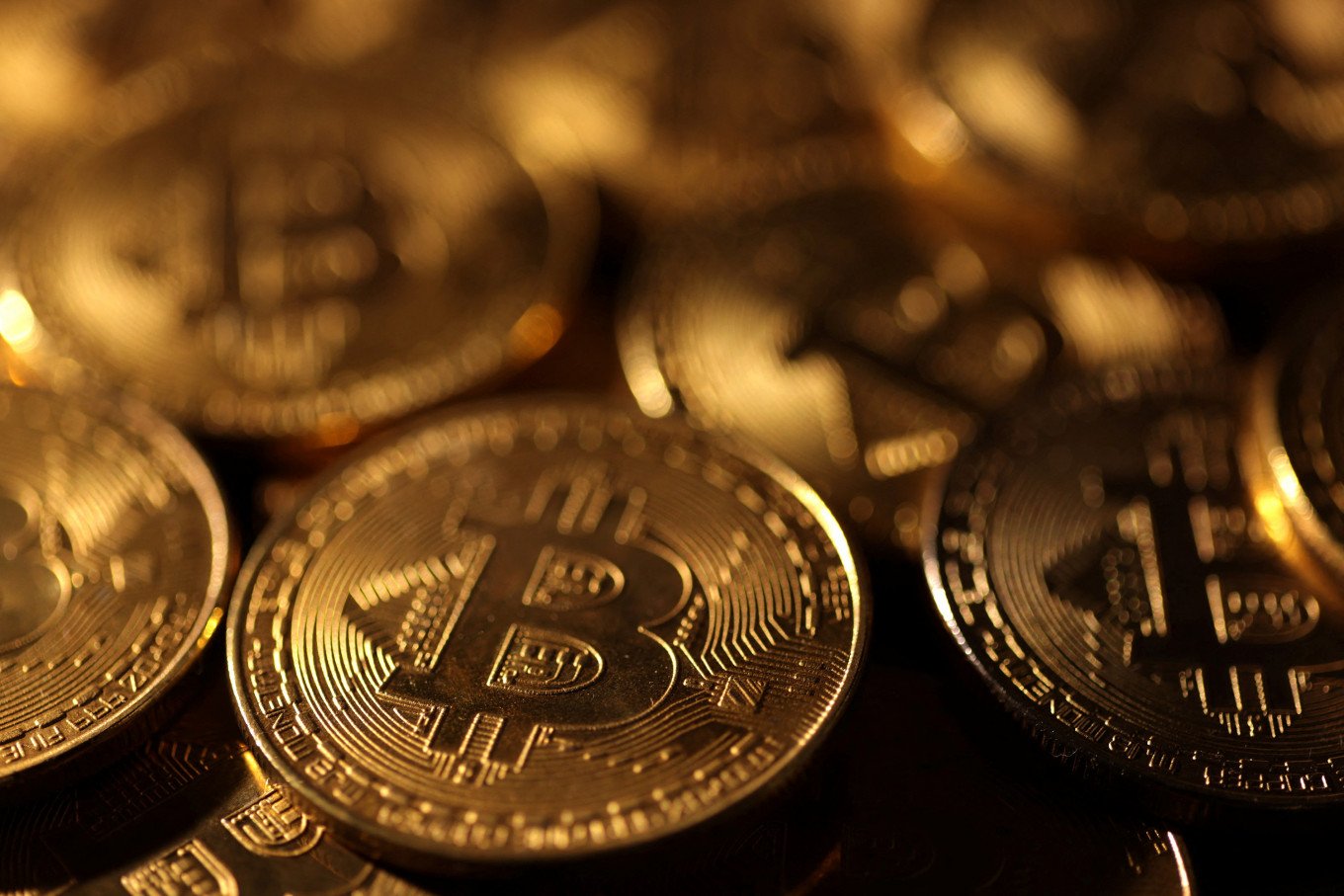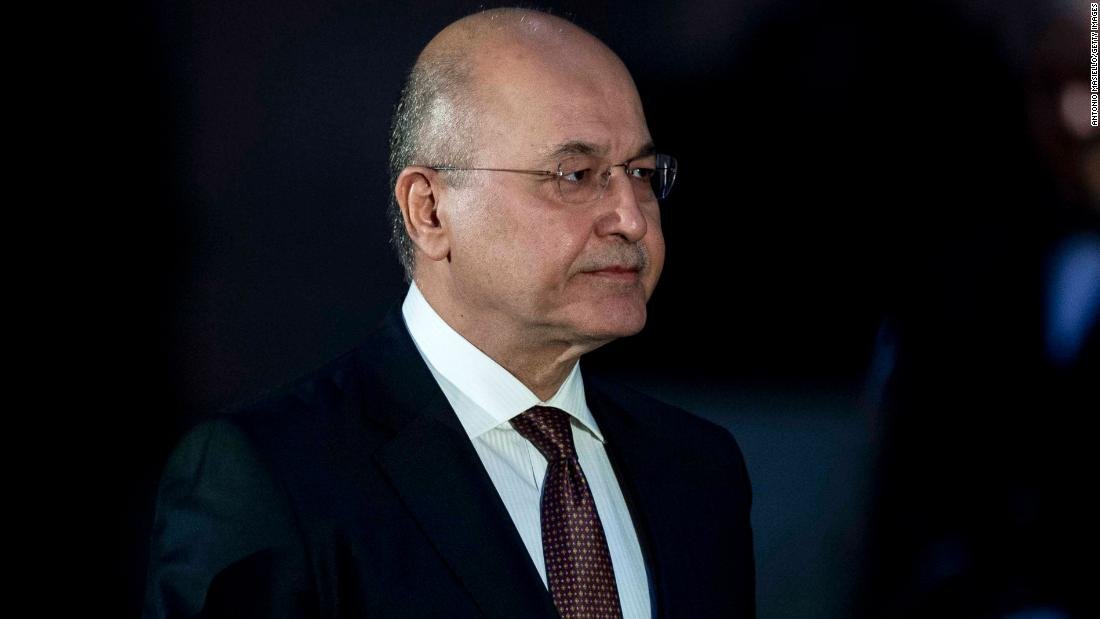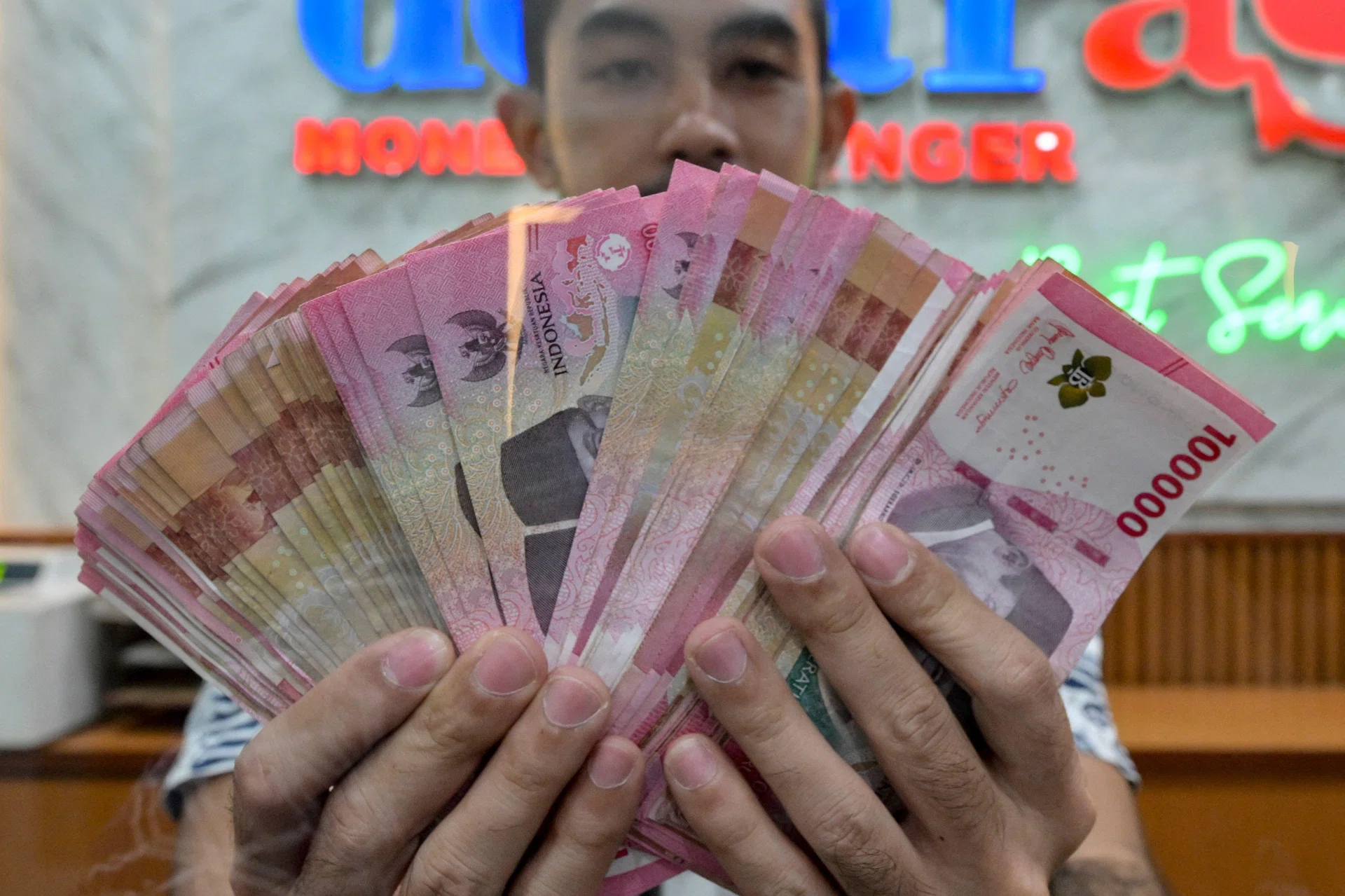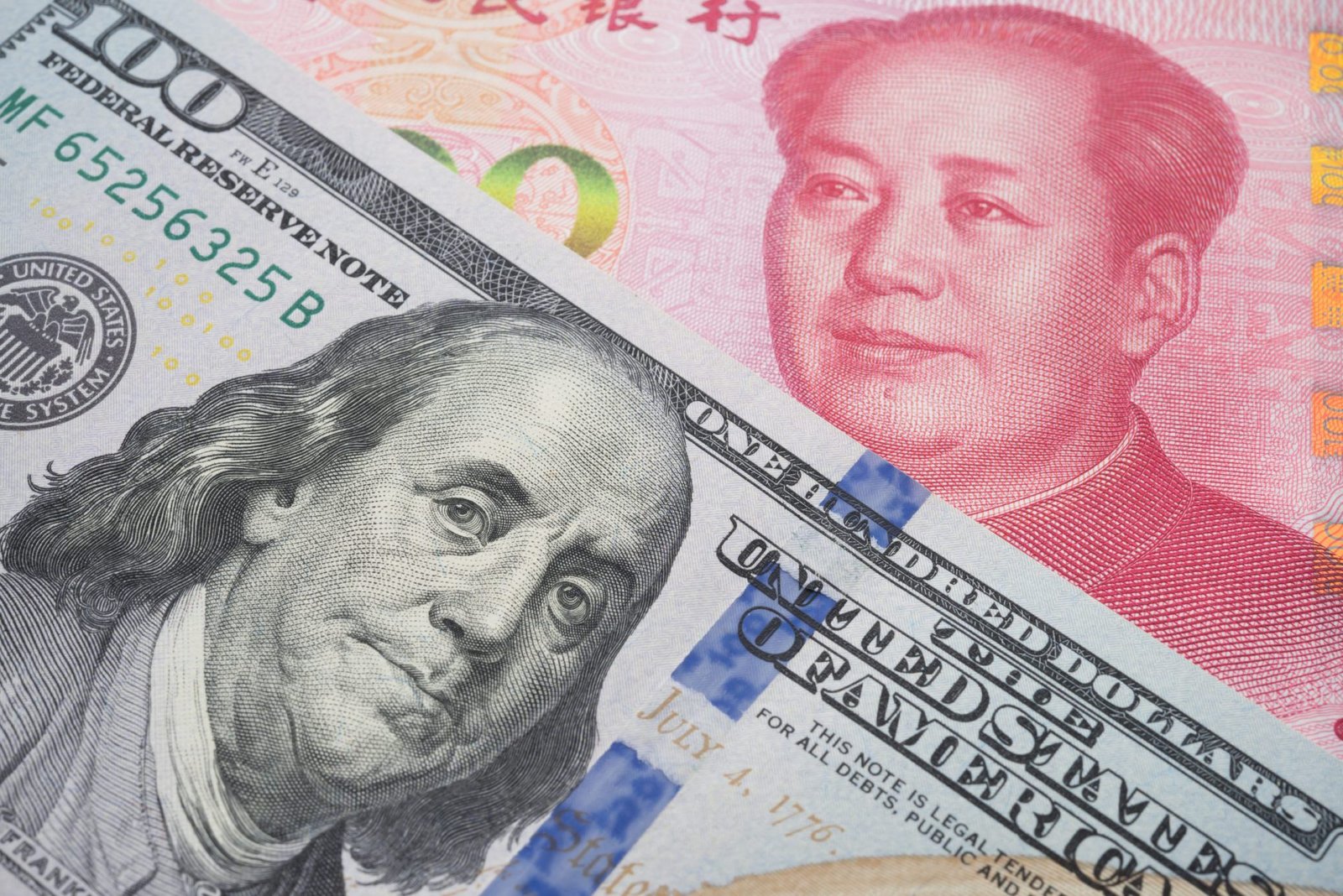There has been much discussion over the idea of a BRICS currency as an alternative to the US dollar and other weaponized currencies. The context is the evolving geo-economic shift in favour of BRICS countries, rising geopolitical tensions, and the shortage of US dollar in the backdrop of Fed rate hikes.
A number of countries from the Global South have been scouting for settlement of payments in local and alternative currencies; this is in view of the blockage of financial channels, economic sanctions and in order to hedge against the potential economic threats issued by western countries. Amidst the ongoing BRICS Summit at Kazan, Russia; the currency issue is back in focus.
However, recent remarks by Russian President Vladimir Putin suggest the initiative is still far from becoming a reality. The diverse economic structures, and differing monetary, fiscal, financial, and trade policies of the expanded BRICS countries pose major challenges.
Indian moves
In this context, let us probe India’s policy stance, initiatives for rupee internationalisation, role of central bank digital currencies and evolving digital public infrastructure aimed at exploring a vibrant, smart and sustainable currency system for cross border trade and commerce.
India’s approach on the BRICS currency is cautious and reflects its broader strategic economic orientation. While Russia and China actively advocate for alternatives to the US dollar, including exploring digital and national currencies within BRICS, India maintains that it is not targeting de-dollarization.
Instead, India accepts the merits of hegemonistic stability theory and correspondingly recognises the importance of the US dollar as a key currency in global trade and finance, ensuring that it remains central to economic transactions where necessary.
External Affairs Minister S Jaishankar has clarified that India’s efforts are not about displacing the dollar but rather addressing practical challenges, such as trade partners’ currency shortages, overcoming issues of blockage of financial channels, honouring rupee lines of credit and indeed cushioning from future challenges associated with “weaponised” currencies.
Consequently, India is exploring pathways to settle payments in rupee when feasible, especially with countries experiencing dollar liquidity issues.
To support this transition, the Reserve Bank of India has taken several initiatives such as opening of a special rupee vostro account for trade settlements in rupee, mitigating exchange rate risk, reducing transaction costs, enhancing forex reserves, strengthening bilateral trade and supporting India’s economic diplomacy.
India also intends to support countries of the Global South experiencing dollar shortages (Sri Lanka, Maldives, Tanzania, Lesotho) or facing Western sanctions (Venezuela, Russia, Myanmar).
Furthermore, India’s push for a central bank digital currency (CBDC) is aimed at overcoming all these challenges in a seamless, transparent and real time payment system. Correspondingly, India is gradually modernising its financial system and promoting the rupee’s internationalisation to reduce transactional costs, speed up cross-border payments, enhance transparency and security, minimise reliance on intermediary banks, boost trade efficiency and indeed to align with global digital economy trends.
In the long run, when issues of diverging economic, financial, monetary and trade policies among BRICS nations are settled and associated challenges of a common currency like currency volatility, exchange rate differences, harmonized regulatory framework structure and governance architecture, monetary sovereignty, issues of trust deficit among member states are addressed, we can have common BRICS currency as well.
Way Forward
In the short run, we must aim to create a 5R Pay or BRICS Pay, a blockchain-based payment platform, and develop a SWIFT-like financial messaging system are steps toward enhancing intra-BRICS economic transactions. These initiatives aim to increase the use of local currencies and facilitate secure cross-border payments, gradually building the infrastructure needed for a more integrated financial system.
Moreover, to facilitate retail financial transactions, we can explore the “mBRIDGE” project, led by the Bank for International Settlements (BIS) in collaboration with several central banks.
Several countries such as the UAE, China, Iran and Russia are already doing their payment settlement via mBRIDGE, leveraging the value of digital currencies. India has already explored such a possibility by joining the ASEAN-NEXUS payment settlement system, extending the reach of its famed UPI system.
For India, mBRIDGE represents an opportunity to enhance the rupee’s role in cross-border transactions, aligning with the broader goal of internationalising the rupee while reducing dependency on the US dollar.
We can integrate our Unified Payments Interface (UPI) with the payment networks of mBRIDGE’s member states, facilitating seamless cross-border remittances and trade.
We can also explore the possibility of integrating into the recently launched BRICS pay card as unveiled at the UN annual summit at New York as it will further promote token retail payment, promoting tourism, people to people contact and democratization of gradual financial integration as envisaged.
This strategy not only accelerates India’s rupee internationalisation efforts but also strengthens economic ties with evolving world order, enhancing the overall resilience and reach of its available financial infrastructure.
Given this context, the concept of a BRICS currency remains an ambitious long-term goal rather than an achievable short-term reality. For India, internationalising the rupee serves as a pragmatic approach to enhancing economic sovereignty while avoiding direct confrontation with the global dollar-dominated system.
Recent efforts, including trade settlements in rupee, digital currency initiatives, and financial infrastructure modernisation, underscore India’s incremental strategy to strengthen the rupee’s role in international trade.
As BRICS continues to evolve, India’s efforts to internationalise the rupee could complement broader initiatives to create a multipolar global financial system. By focusing on strengthening economic fundamentals, enhancing financial market resilience, and developing secure payment solutions, India can position itself at the forefront of global economic shifts, simultaneously overcoming the challenges associated with a common BRICS currency and weaponization of financial instruments.
Singh is Professor & Head and Chaudhary is Research Scholar, IIFT New Delhi. Views expressed are personal







